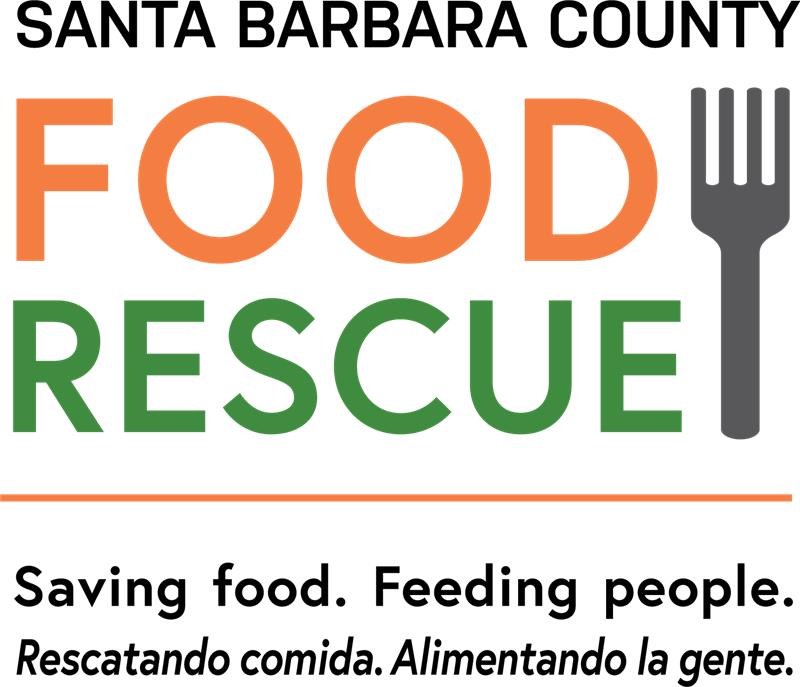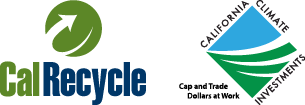Reprinted from the Harvard Food Law and Policy Clinic, a division of the Center for Health Law and Policy Innovation
Legal Fact Sheet: The Bill Emerson Good Samaritan Food Donation Act
Businesses and nonprofits that provide or receive donated food are generally well-protected by laws designed to provide immunity from liability related to food donations. The Bill Emerson Good Samaritan Food Donation Act (the Emerson Act) provides a federal baseline of protection for food donors.i The Emerson Act covers individuals, businesses, nonprofit organizations, the officers of businesses and nonprofit organizations, and gleaners— individuals that harvest donated agricultural crops for a nonprofit organization that distributes the food to the needy.ii
The Emerson Act protections apply so long as the following criteria are met:
- Donation Recipient: The donor must donate to a nonprofit organization that distributes the donated food to needy populations.iii Direct donations from the donor to needy individuals are not protected by the Act.iv
- Good Faith: The donations must be made in good faith.v
- Qualifying Foods: The donor must donate qualifying foods, unless specific reconditioning steps have been taken.vi Qualifying foods are those that meet “all quality and labeling standards imposed by Federal, State, and local laws and regulations,” even if they are not “readily marketable due to appearance, age, freshness, grade, size, surplus, or other conditions.”vii State and local quality and labeling laws vary, and donors should be aware of requirements specific to their state or locality since the Emerson Act does not protect donations that are not in compliance with those laws.viii
- Exception for Non-Qualifying Food: If a food does not meet all applicable federal, state, and local standards, the donor can still be protected by the Emerson Act as long as (s)he follows all of the Act’s reconditioning procedures,ix which include:
- The donor informs the nonprofit of the nonconforming nature of the product;x
- The nonprofit agrees to recondition the item so that it is compliant;xi and
- The nonprofit knows the standards for reconditioning the item.xii
- Exception for Non-Qualifying Food: If a food does not meet all applicable federal, state, and local standards, the donor can still be protected by the Emerson Act as long as (s)he follows all of the Act’s reconditioning procedures,ix which include:
- No Charge for Food: The ultimate recipients cannot pay anything of monetary value for the donated food.xiii However, if one nonprofit donates food to another nonprofit for distribution, the Act allows the first nonprofit to charge the distributing nonprofit a nominal fee to cover handling and processing costs.xiv
What Types of Donations are not Covered by the Emerson Act: So long as the above criteria are met, the Emerson Act is quite protective of donors, and does not hold a donor liable unless the donor acts with gross negligence or intentional misconduct.xv
- Gross Negligence involves “voluntary and conscious conduct (including a failure to act)” by a person or organization that knew when the donation was made that the donated food was likely to have harmful health impacts.xvi
- Intentional Misconduct is when a person or organization donates “with knowledge . . . that the conduct is harmful to the health or well-being of another person.”xvii
In other words, one should not donate or facilitate the distribution of donated food that one knows is likely to be harmful or dangerous. Unfortunately, the Act gives little guidance on what activities qualify as gross negligence or intentional misconduct. The House of Representatives Report associated with the Emerson Act has indicated that each case must be analyzed individually.xviii The lack of court cases interpreting the Emerson Act suggests how protective the Act is of donors; research does not turn up a single case related to food donation liability.xix
In addition to federal liability protections, states are free to enact state level liability protections that are more protective of food donors than the federal Emerson Act.
i 42 U.S.C.A. § 1791 (West 2016).
ii Id. § 1791(b)(5).
iii Id. § 1791(c)(1).
iv Id.
v Id. § 1791(c)(1).
vi Id. § 1791(c)(1), (e).
vii There is an exception for mislabeled food products that are “not readily marketable,” which can also be protected so long as the donor explains the mislabeling to the donee, and the donee has sufficient knowledge to and does recondition the product to meet applicable standards. Id. §1791(b)(1-2).
viii Id.
ix Legal Guide to Food Recovery, U. ARK. L.L.M. DEP’T OF AGRIC. & FOOD LAW 10 (2013), https://law.uark.edu/service- outreach/food-recovery-project/Legal-Guide-To-Food-Recovery.pdf.
x 42 U.S.C.A. § 1791(e)(1).
xi Id. § 1791(e)(2).
xii Id. § 1791(e)(3).
xiii Id. § 1791(b)(3).
xiv Id.
xv Id. § 1791(c)(3).
xvi Id. § 1791(b)(7).
xvii Id. § 1791(b)(8).
xviii Legal Guide to Food Recovery, supra note 9, at 10.
xix Id.

